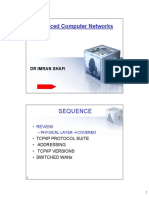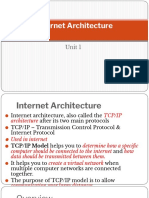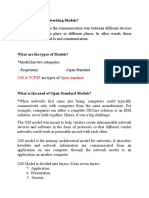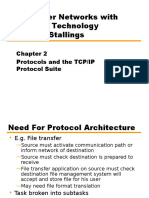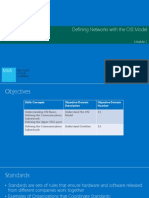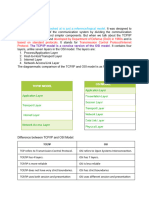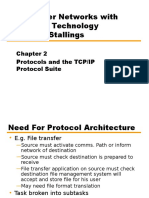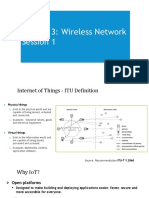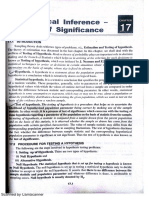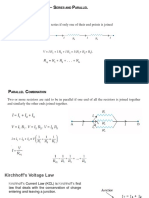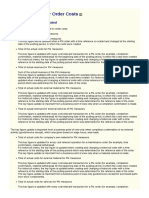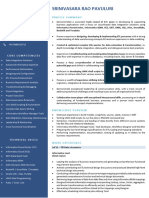0% found this document useful (0 votes)
114 views44 pagesModule III Session II
The document discusses standard protocol architectures, specifically comparing the OSI reference model and TCP/IP protocol suite. It provides details on the OSI model including its 7-layer structure and purpose as a framework for standardization. It then describes the layers of the TCP/IP protocol stack and how it differs from OSI by simplifying the top layers and not having a clearly defined layer structure. Key protocols like IP, TCP and routers are also overviewed.
Uploaded by
Manav JainCopyright
© © All Rights Reserved
We take content rights seriously. If you suspect this is your content, claim it here.
Available Formats
Download as PDF, TXT or read online on Scribd
0% found this document useful (0 votes)
114 views44 pagesModule III Session II
The document discusses standard protocol architectures, specifically comparing the OSI reference model and TCP/IP protocol suite. It provides details on the OSI model including its 7-layer structure and purpose as a framework for standardization. It then describes the layers of the TCP/IP protocol stack and how it differs from OSI by simplifying the top layers and not having a clearly defined layer structure. Key protocols like IP, TCP and routers are also overviewed.
Uploaded by
Manav JainCopyright
© © All Rights Reserved
We take content rights seriously. If you suspect this is your content, claim it here.
Available Formats
Download as PDF, TXT or read online on Scribd
/ 44








